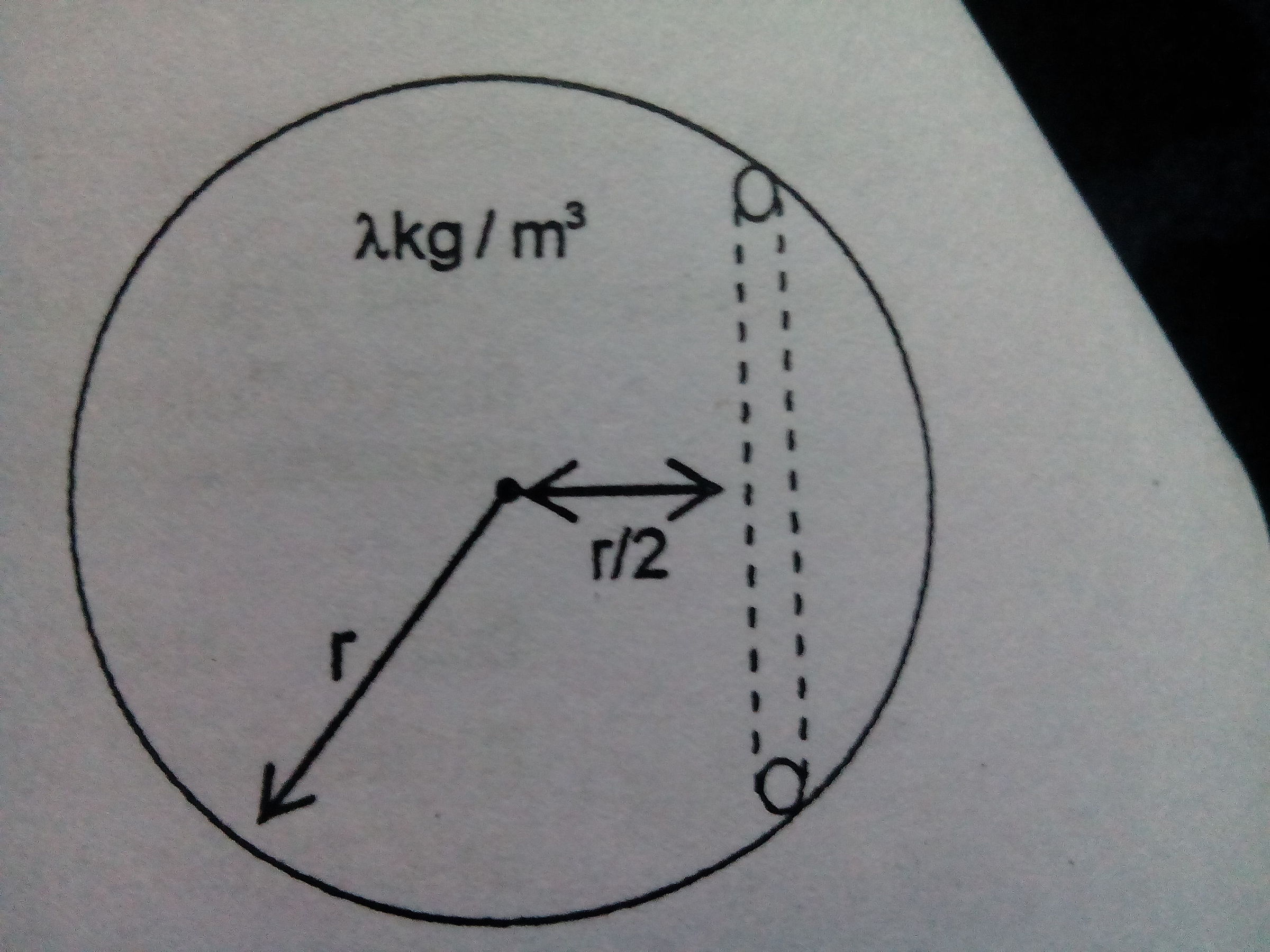Its a tunnel in a planet

Consider a planet of radius having density .A tunnel is dig inside it it at a distance from its centre as shown. An object of mass m is left in the tunnel at the surface at
Find the time taken by the object to reach the mid of the tunnel and the normal reaction applied by wall of the tunnel on the object.
No vote yet
1 vote
Easy Math Editor
This discussion board is a place to discuss our Daily Challenges and the math and science related to those challenges. Explanations are more than just a solution — they should explain the steps and thinking strategies that you used to obtain the solution. Comments should further the discussion of math and science.
When posting on Brilliant:
*italics*or_italics_**bold**or__bold__paragraph 1
paragraph 2
[example link](https://brilliant.org)> This is a quote# I indented these lines # 4 spaces, and now they show # up as a code block. print "hello world"\(...\)or\[...\]to ensure proper formatting.2 \times 32^{34}a_{i-1}\frac{2}{3}\sqrt{2}\sum_{i=1}^3\sin \theta\boxed{123}Comments
Hint, it doesn't matter how far the tunnel is from the center of the Earth.
@Ronak Agarwal @Azhaghu Roopesh M @Rohit Shah @Krishna Sharma
Log in to reply
How much are you getting in AIITS-8.
@Tanish
Log in to reply
The answer key webpage is showing error so i couldn't match my answers
I totally messed up with the paper.
@Abhineet Nayyar @Kushal Patankar
@Tanishq Varshney
Use dimensional analysis(during exam).
The actual way is to use restoring force and stuff, with it you will get that the motion of the object in the tunnel is S.H.M.
Log in to reply
I want that stuff @Raghav Vaidyanathan
Hi Raghav
I need your view on this problem
First of all, thanks for mentioning me @Tanishq Varshney !! Is the answer for time period = 2π4πλG3 ???
Log in to reply
I have same guess.
Log in to reply
Can u provide a hint or some expression to get the answer
Log in to reply
Since the motion inside is SHM , we know that force at amplitude is F=Aω2 here A= √3r/2 and you know what F is. You will get \omega there. And the rest is piece of cake.
See, first of all, i found the restoring force, in this case, a component of the gravitational force between the Earth and the object.
Let's consider that the object starts from the centre and moves towards the surface. Consider a very small displacement ′x′ from the centre such that the restoring force remains constant. Now, the motion of the body through this ′x′ is an SHM which i will prove later. According to shell theorem, the Earth around this motion won't apply any force. So, the force is applied by a small sphere with radius R=2r2+x2 which is equal to R2Gm34πλR3. But the restoring force will be the vertical component of this force = R2G(34πR3λ)mRx = G34πλm(x)
Clearly this force is directly proportional to x and so, the motion is a simple harmonic one. So, the spring factor in the case is =G34πλm and the time period is given by = 2πSpringfactorMassfactor = 2π34πλGmm=2π4πλG3
But since, you have asked about the time to move from extreme to mean, it is equal to Timeperiod/4 = 2π4πλG3
And the normal reaction (I guess :P) will be given by the other component of the attractive force = R2Gm34πλR3(Rr/2)=32Gmπλr
So, how did i do?? Lol:D
Log in to reply
Thats it.
Log in to reply
Yayy! lol
Can I have your views over here